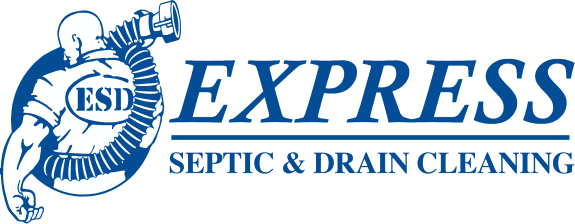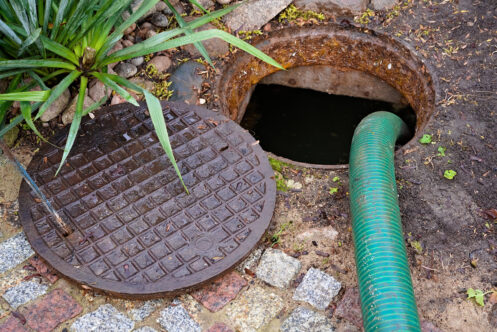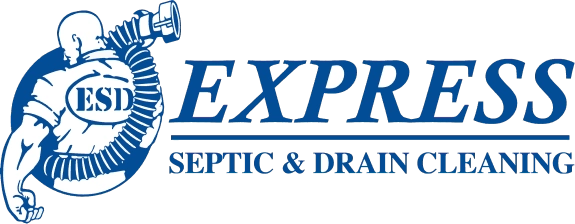Are you thinking about installing an aeration system for your septic tank? These systems offer excellent wastewater management solutions for both residential and commercial properties in Nampa, ID, thanks to their ability to handle wastewater of various volumes.
How Septic System Aeration Works
Septic system aeration is a process that involves introducing oxygen into the wastewater to facilitate the breakdown of organic matter. In traditional septic systems, anaerobic bacteria decompose waste in the absence of oxygen, leading to the production of methane and other harmful gases. However, with aeration systems, oxygen is actively supplied to the wastewater, creating an aerobic environment where aerobic bacteria can thrive. The introduction of oxygen also promotes the growth of beneficial bacteria, which further aids in the treatment of wastewater.
Benefits of Aeration in Septic Systems
One of its primary benefits is the improved breakdown of organic matter and the reduction of sludge buildup. Sludge poses several threats to septic systems, including clogging drainage pipes, reducing system efficiency and increasing the need for frequent pumping. Excessive sludge buildup can lead to sewage backups and potential groundwater contamination, posing environmental and health risks.
The enhanced bacterial activity gained through aeration also leads to better treatment of wastewater, resulting in cleaner effluent discharged from the system. Furthermore, aeration helps mitigate foul odors commonly associated with anaerobic decomposition. This helps create a more pleasant environment around the septic system and surrounding areas.
Types of Aeration Systems
A variety of aeration systems are available for septic systems. Traditional aeration systems typically involve the use of diffusers or aerators installed within the septic tank or treatment chamber to introduce oxygen into the wastewater. These systems rely on passive diffusion or mechanical agitation to aerate the wastewater and stimulate bacterial activity.
In contrast, advanced aeration technologies offer more efficient and effective methods of oxygenation. One example is the use of air pumps or blowers to deliver a continuous supply of air into the wastewater, ensuring optimal oxygen levels for microbial growth and organic matter breakdown. These systems may incorporate fine bubble diffusers or membrane aerators to maximize oxygen transfer efficiency.
Another type of aeration system is the aerobic treatment unit (ATU), which consists of a separate treatment chamber equipped with specialized aeration components. ATUs provide enhanced aeration and treatment capabilities compared to conventional septic tanks, making them suitable for properties with challenging soil conditions or stricter regulatory requirements.
Some modern septic systems also utilize passive aeration technologies, such as constructed wetlands or aerobic composting chambers, to naturally aerate and treat wastewater without the need for mechanical equipment. These systems leverage natural processes and biological reactions to promote oxygenation and microbial activity. This results in efficient wastewater treatment with minimal energy consumption.
While traditional aeration systems offer basic oxygenation capabilities, advanced technologies provide superior performance and reliability, making them suitable for demanding applications where optimal treatment efficiency and environmental protection are paramount. By selecting the right type of aeration system for their septic systems, homeowners can ensure effective wastewater treatment and long-term system performance.
Installation and Maintenance
Installation of aeration systems for septic systems typically involves several key steps. Aeration systems are first chosen according to site circumstances, treatment needs, and regulatory standards. The next step is to set up the system in the specified tank or chamber by installing the aerators, diffusers, air pumps and control apparatus.
Proper installation ensures that the aeration system operates efficiently and effectively, promoting oxygenation of the wastewater and facilitating microbial activity for organic matter breakdown. Regular maintenance is essential to ensure optimal performance and longevity of the aeration system. This may include periodic inspection of components, cleaning of diffusers or aerators, checking air pump operation and monitoring oxygen levels in the treatment chamber.
Common Issues and Troubleshooting
Even though aeration systems offer numerous benefits for septic systems, they can also encounter various issues that require troubleshooting. One common problem is inadequate oxygenation, which can occur due to clogged diffusers or air pumps. Regular inspection and cleaning of these components can help maintain proper oxygen levels in the wastewater.
Another issue is the accumulation of solids or sludge in the aeration chamber, which can hinder system performance. Regular maintenance, such as periodic sludge removal or cleaning of baffles, can prevent this problem and ensure optimal system operation.
Additionally, mechanical failures, such as malfunctioning air pumps or damaged diffusers, may occur over time. Prompt identification of these issues and repair or replacement of faulty components is essential to prevent system downtime and maintain wastewater treatment efficiency.
Homeowners should also be mindful of electrical issues, such as power outages or surges, which can disrupt the operation of aeration systems. Installing backup power sources or surge protectors can help mitigate these risks and ensure continuous system operation.
How Long Do Aeration Systems Typically Last?
The life span of aeration systems can vary depending on factors such as design, quality of components, maintenance practices and usage. Generally, well-maintained aeration systems can last for several decades before requiring significant repairs or replacements.
Can I Retrofit My Existing Septic System With an Aeration System?
Yes, it is possible to retrofit an existing septic system with an aeration system. However, the feasibility and cost-effectiveness of the retrofitting process may vary depending on the condition of the existing system and the specific requirements of the property. Retrofitting involves integrating the aeration components into the existing septic infrastructure, which may require modifications and adjustments to ensure compatibility and optimal performance.
Are There Any Government Incentives or Rebates Available for Installing Aeration Systems?
In some regions, government agencies and utility companies offer incentives or rebates to encourage the adoption of environmentally friendly wastewater treatment technologies, including aeration systems. These incentives may include financial assistance, tax credits or grants aimed at offsetting the costs associated with installing or upgrading aeration systems. To find financial incentives or rebates, homeowners and businesses should contact their local utility providers.
Are There Any Noise Concerns Associated With Aeration Systems?
When considering the installation of an aeration system, noise concerns may arise, particularly for residential areas. However, modern aeration systems operate quietly, minimizing any potential disturbance to nearby residents. The noise level of an aeration system is typically comparable to that of a low hum or soft whirring sound, which is generally tolerable for most individuals. Certain models even come with noise-reducing features to further mitigate any potential noise issues.
How Does Aeration Impact the Health of My Yard’s Vegetation?
Aeration systems can positively impact the health of vegetation in your yard by promoting the decomposition of organic matter and enhancing soil aeration. The system’s oxygen-rich effluent can serve as a natural fertilizer, giving plants the nutrients they need to grow and promoting their growth. The improved soil structure resulting from aeration also facilitates better root development and water absorption, leading to healthier and more resilient vegetation.
Express Septic & Drain Cleaning specializes in septic pumping, inspections and tests, enzyme treatments and much more. To discover the benefits of a septic tank aeration system, reach out to Express Septic & Drain Cleaning today.



